All that scratching, biting, and licking can become a bit irritating, to say the least! Now imagine how your poor dog feels!
No one is happy when it comes to skin diseases in dogs, and there are quite a few of them that could be affecting your pooch! Here is what you need to know about the most common skin problems in dogs:
Signs Of Skin Conditions In Dogs
In addition to all of that scratching and licking, dogs with skin issues may also paw or chew at the affected area. Other signs can include:
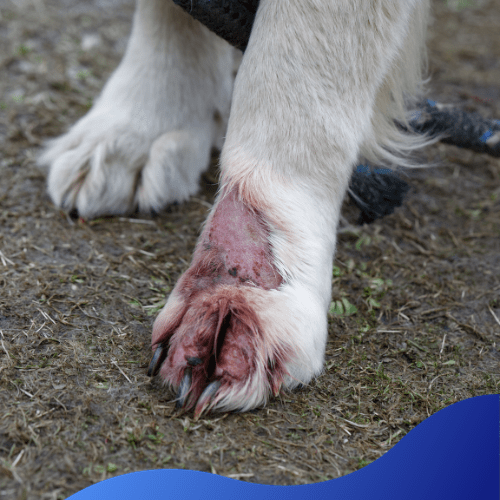
The signs may change depending on the sort of infection or disease that’s causing the issue. Diverse skin issues can too have comparable side effects, which is why it’s so vital to visit your veterinarian to urge a precise conclusion and make sure your pooch gets the correct kind of care.
Common Skin Conditions In Dogs
Fleas
Dogs can pick up these unwanted little hitchhikers when they’re in the woods, hiking along trails, or even in their backyards. They can also be passed from one dog to another, so dogs can pick them up from kennels, dog parks, or from other dogs in the household.
While the fleas themselves can annoy your dog, it’s really the flea droppings and bites that cause skin itching and irritation. Dogs can also have an allergic reaction to the saliva that gets in and around the skin when fleas bite at the skin.

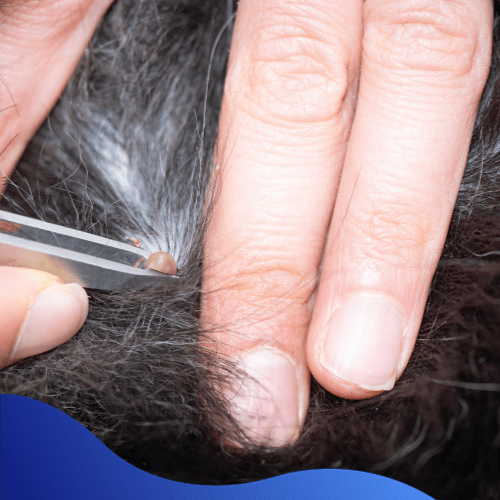
Ticks
Like fleas, ticks are pesky little insects that feed on their canine hosts. They can cause irritation and transmit Lyme disease and other bacterial infections.
Dry Skin
Dry skin is one of the most common skin problems in dogs. You can tell if your dog has dry skin by parting its fur and checking for peeling or scaly skin. You may also notice redness and inflammation from scratching.
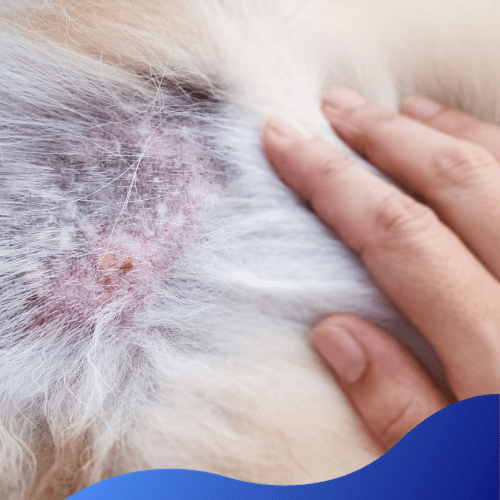
Common causes of dry skin include:
- Environment – Dry skin may be more prevalent in areas with low humidity. It can also be more of a problem in the wintertime when heaters are running and drying out the air.
- Allergies – Allergic reactions to shampoos, fragrances, smoke, food, or other allergens can also cause dry skin in dogs.
- Dehydration – If your dog doesn’t drink enough water during the day, his skin may start to feel the effects. Make sure your dog always has clean water available, and remember to bring plenty of fresh water when you go for walks or hikes.
- Diet – While too much fat in your dog’s diet can cause health problems, a lack of healthy oils can lead to dry skin. Some commercial dog foods contain healthy oils that can help promote healthy skin and coat. Be sure to review the ingredient list and talk to your veterinarian about recommended dog food options.
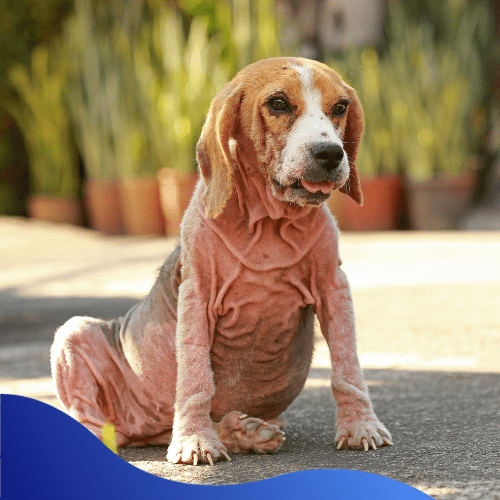
Mange
Mange is a common skin disease in dogs caused by tiny mites, which can cause infections during reproduction.
Types of Mange:
- Sarcoptic Mange – Also known as canine rabies, this type of mange is highly spreadable between dogs. They can even be transmitted to people, although they typically don’t survive on human hosts. Sarcoptic mange is a condition in dogs where they scratch excessively, causing bald patches, inflammation, sores, and scabs, often appearing on the face, ears, and legs.
- Demodectic Mange -Demodectic mange, caused by mites, can be transferred between dogs but is often absorbed into a healthy dog’s existing mite population, causing bald spots, scabs, and sores.
Skin Infections
One of the most common skin infections in dogs is yeast infections. This type of infection often occurs around the ears or feet because yeast likes comfortable places to grow. If your dog has a yeast infection, you may notice ear scratching and paw chewing, as well as irritated or discolored skin.
Dogs can also suffer from skin infections like impetigo and folliculitis, which can cause bumps, sores, and scabs, with impetigo causing blisters on the tummy.
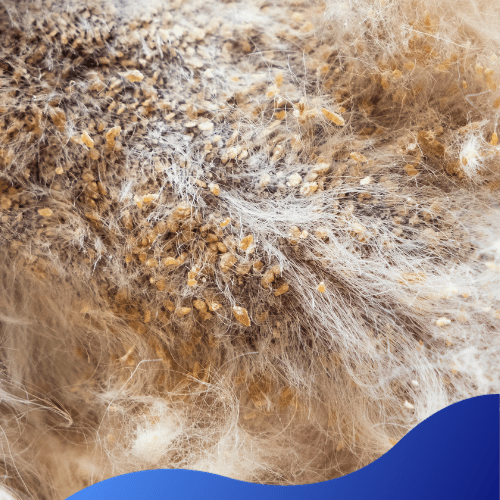
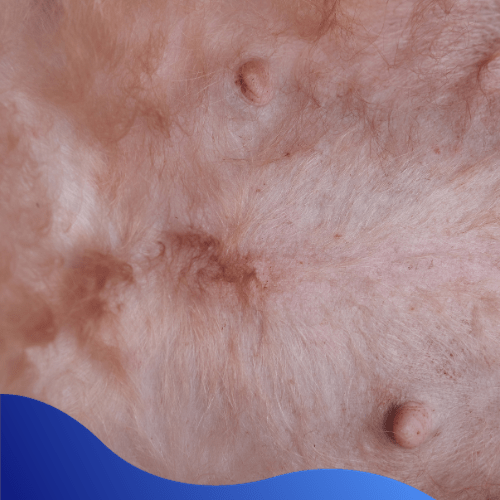
Allergies
Like humans, dogs can be allergic to some common household items, from shampoo to cleaning products. They can also be allergic to fleas and various foods. An allergic reaction can manifest as a rash, making your dog itchy and uncomfortable.
Ringworm
Ringworm is actually a fungus and not a worm as the name would suggest. The “ring” part of this disease refers to the circular-looking patches that form on the infected dog’s skin.
Ringworm in dogs can cause scaly skin, bald patches, and inflammation around the rings, and can be passed between dogs at shelters, boarding kennels, or home.
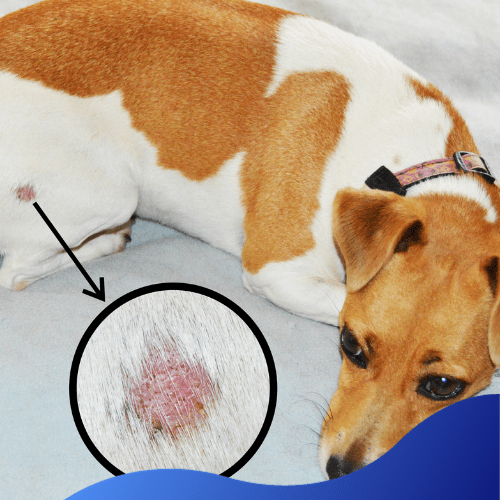

Underlying Illnesses
Skin problems, especially sores or infections that don’t seem to go away, maybe a sign of an underlying disease. For example, lupus is an immune disease that can affect both dogs and humans. This disease causes the body’s immune system to turn against itself. Lupus is often recognised by hair loss or discoloration at the top of the nose as well as skin problems on the face and feet.
If you have any concerns regarding your dog’s skin condition, excessive scratching biting, and licking:
Thank you for reading, we hope this has been helpful, until next time…

